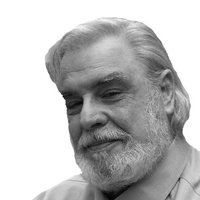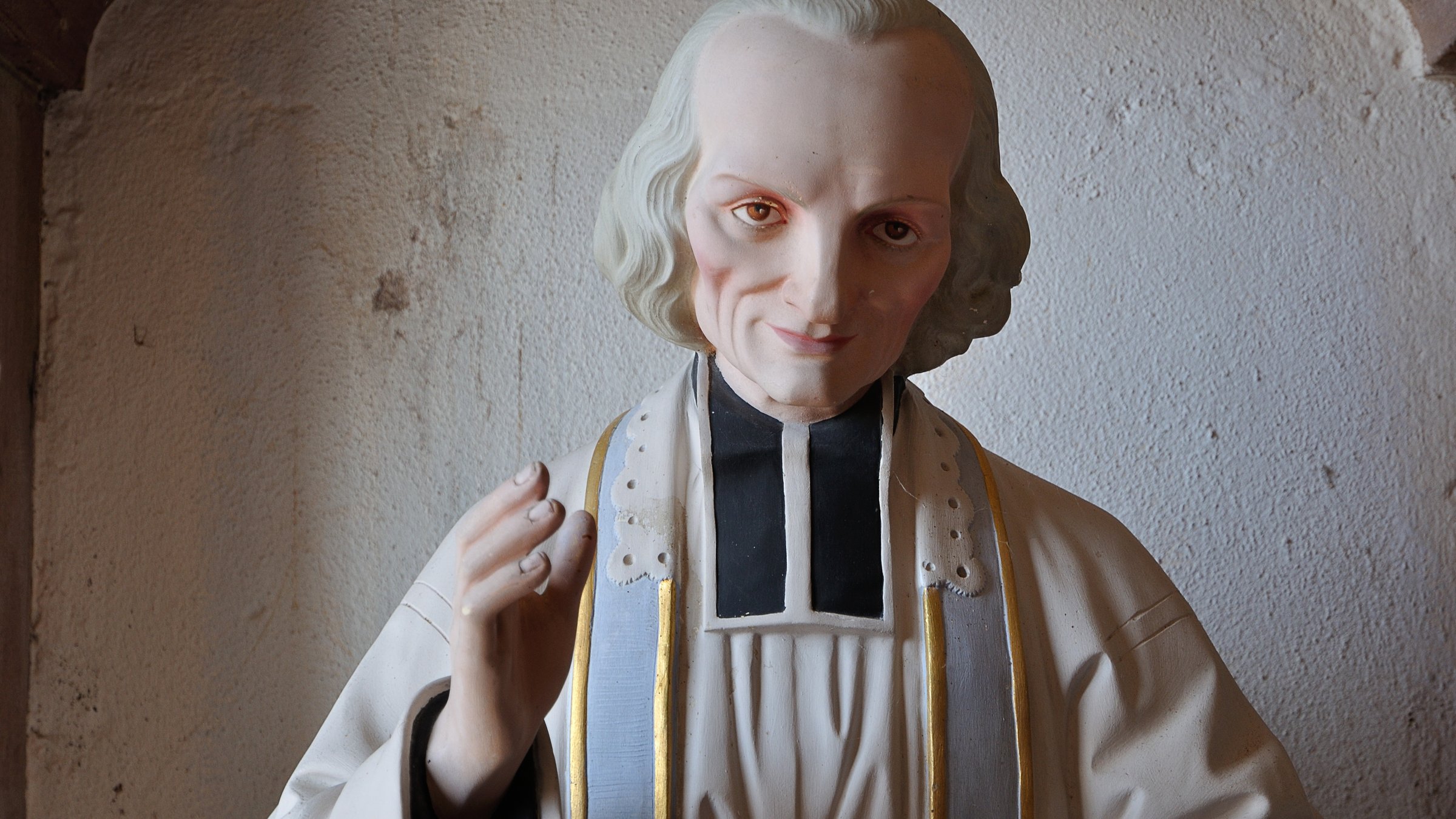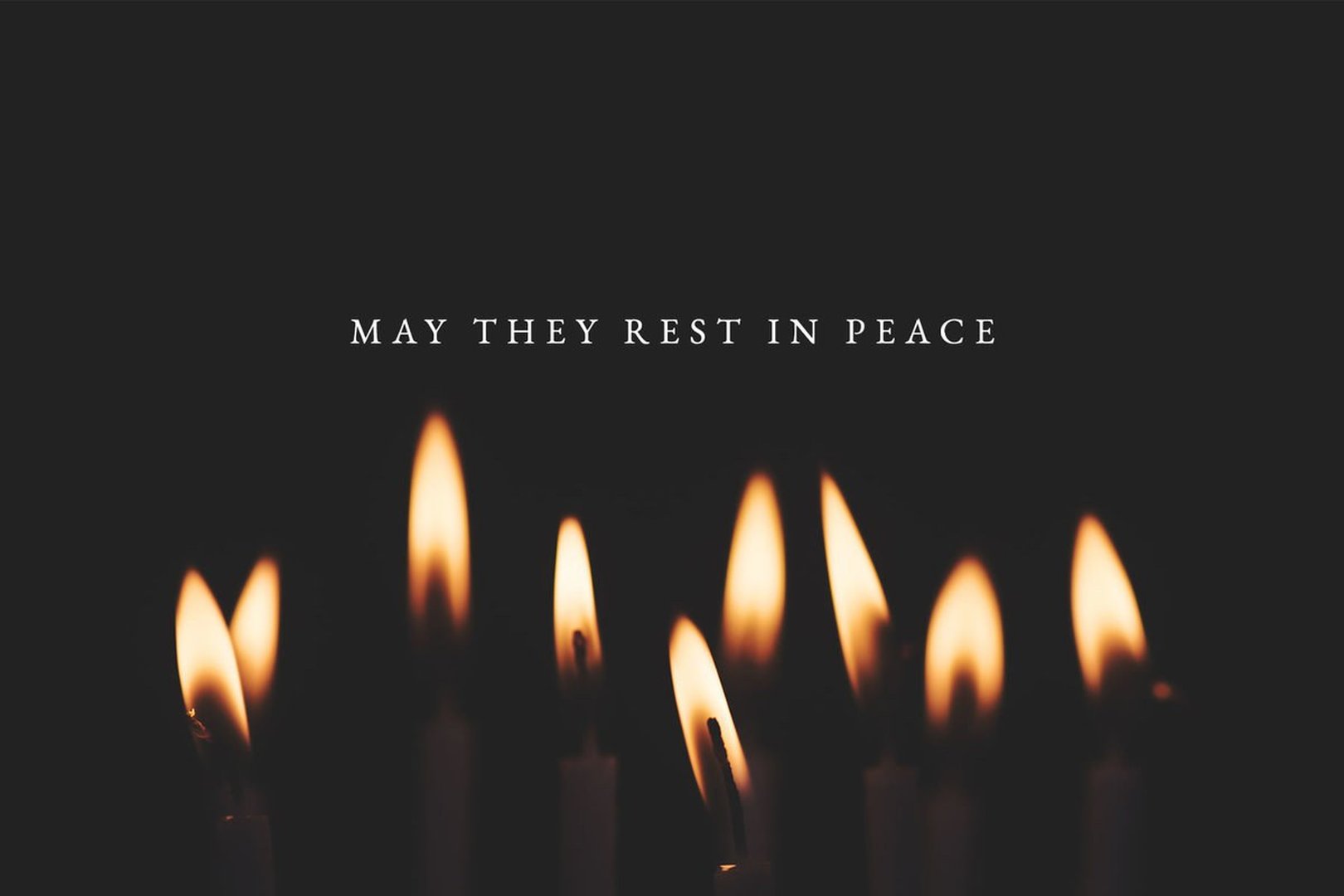The French Revolution began in 1789, the first year of George Washington’s presidency. Its malignancy has continued ever since. The revolutionaries, called Jacobins, showing little respect for law or common decency, sank from one obscenity to another, and quickly lost U.S. support.
To demonstrate their contempt for God, they desecrated the austere interior of Notre Dame cathedral. Young women bearing torches, clad in diaphanous white gowns and Tricolor sashes, swirled about in a liturgical dance. Upon a new altar raised up in the sanctuary amongst tables heaped with food and wine, Thérèse Momoro, wife of a Parisian printer active in the cause, donned the red Phrygian cap symbolizing Liberty, accepting worship as the Goddess of Reason. Rather than swear an oath to the republic denounced by Pope Pius VI, priests went into hiding to minister to their flocks. Others were arrested and condemned to death.
In Paris, the Committee of Public Safety was ruled over by the tyrant Maximillian Robespierre, architect of the Reign of Terror, which lasted from September 1792 to July 1793. Conceived by “rationalists” claiming to live in “enlightenment,” tens of thousands of innocent people were judicially murdered by reason of birth, of accusation, of hearsay, of association, or just on a whim.
Nuns in contemplative orders, driven from their convents, were herded into the foulest of prison cells. Amidst filthy, diabolically inspired acts of mockery, religious by the hundreds upon hundreds were sacrificed to the guillotine. In so doing, the Committee both satisfied the bloodlust of the Parisian mob whilst intimidating it into submission.
Recent events have shown how the excesses of the French Revolution still infect politics of every nation in Europe and in the Americas. Citizens of the United States have seen protests devolve into arson, assault, battery, mayhem, destruction of property, riot and murder.
I felt an anxious thrill of horror as members of city councils across the nation reached back across more than two centuries to resurrect a poisonous name central to the Terror, openly demanding police departments “be replaced by committees for public safety.”
Reference to that blood-drenched parody of a tribunal of justice should have tipped off every broadcaster, journalist, news anchor and reporter in the nation. In both revolutionary France and riotous America, true justice had nothing to do with calls for civil disorder, faithlessness, lawlessness and rampant evil.
In the U.S., the evening news showed religious statues being decapitated or pulled down accompanied by cheers and applause. Church interiors were spray-painted with lewd graffiti. Tabernacles were stolen, the thieves insultingly strewing consecrated Hosts across sanctuary floors.
True children of Voltaire, they only tear down, never build up. Spiritually empty, narcissistic, violent members of these organizations believe, as did Voltaire, that they must, “écrasez l'infâme,” a phrase defined by Merriam-Webster as: “crush the loathsome thing — referring to the Roman Catholic Church.”
Almost not ordained
Sandy, my older brother, and I both went to St. John Vianney High School in Los Angeles, staffed by Dominican friars. It engendered a great fondness in us for this great saint, and we came to know him more than most Catholics.
In the 18th century, with the battered Church in France brought to her knees by revolution, God raised up an unexpectedly gentle champion of the faith. Born on May 8, 1786, at Dardilly, a town near Lyons, Jean-Baptiste Marie, the fourth of six children born to farmers Matthieu and Marie Vianney, was only 3 years old when the Estates General abolished the Ancien Régime to proclaim the First French Republic on May 5, 1789.
Very early in life, Jean-Baptiste determined to become a priest. During the dark days of the Reign of Terror, the boys would hide themselves in meadows and clearings and pretended to celebrate Mass since priests, disguised and hunted, appeared so infrequently.
By 1806, governmental anticlericalism receded and laws hampering religious studies were lifted. Abbé Charles Balley, pastor of the church at Ecully, a small town near Dardilly, a family friend and mentor, opened a school for ecclesiastical students, a kind of junior seminary. Aware of the 20-year-old’s priestly aspirations, the abbe invited him to study there. In 1812, Jean-Baptiste was sent to the major seminary at Verrieres.
Known for his undoubted spirituality and greatness of soul, Jean-Baptiste still wrestled with Latin, almost failing his final exams. The bishop agreed “out of compassion” to ordain him in 1815. Fr. Vianney’s first post was at Ecully to assist his friend, Abbe Balley.
Prayer and fasting
The abbe died in 1817, and Fr. Vianney was given a new assignment. As Dom Ernest Graf wrote in 1952:
Less than a century ago a tiny village of provincial France was for many years the hub of the religious life of the whole country. Between 18I8 and 1859 its name was upon the lips of countless thousands and so great was the affluence of pilgrims that the railway company serving the district had to open a special booking office at Lyons to deal with the traffic between that great city and the little hamlet of Ars.
Ars lies near the Rhone River. Elms, willows and birch trees line the gently rolling hills. Vineyards dot the Beaujolais wine region. Fr. Vianney traveled there by foot all the way from Lyons, following a rickety pushcart filled with a meager number of personal items including a wooden bedstead.
Arriving as administrator, not pastor, the young priest noticed how one of the arms of the cross on the church’s small steeple had broken off. He took it as a sign of the inhabitants of Ars — broken, hurting, thoroughly unchurched members of the Mystical Body of Christ. It was soon observed that the young priest was found within the church, at all hours, deeply in prayer before the Eucharistic Jesus in the tabernacle. Food left for his meals remained untouched.
Fr. Vianney celebrated the Holy Sacrifice of the Mass with an intensity of love. On occasion, in the pulpit, in the midst of a sermon, he became so overwhelmed with the presence of Jesus, he’d stop, gesture toward the tabernacle, and call out, “See! He is there! He who love us so much!” and then resume the sermon.
Mass attendance began to climb. Hearing of the beauty of Fr. Vianney’s celebrations, people arrived from surrounding districts. The cross on the steeple was repaired.
All this was certainly true. Yet in the pages of L'Osservatore Romano, writer Paolo Risso tells a rueful tale about Fr. Vianney: “Not everyone appreciated him. Several women had him say Mass for a 'special intention' for some fourteen years. Their unmentioned intention was that he be transferred to a different parish.”
In part two of this column, we shall see more of Fr. Vianney’s attempt to build an orphanage, how he gained a worldwide reputation as a confessor and his bouts against demonic evil attempting to stop him from saving souls, and the praise of popes across the decades.
Sean M. Wright, MA, is an Emmy nominated television writer, a Master Catechist for the Archdiocese of Los Angeles, and is a member of the RCIA team at Our Lady of Perpetual Help parish in Santa Clarita, California. He responds to comments sent to Locksley69@aol.com.












